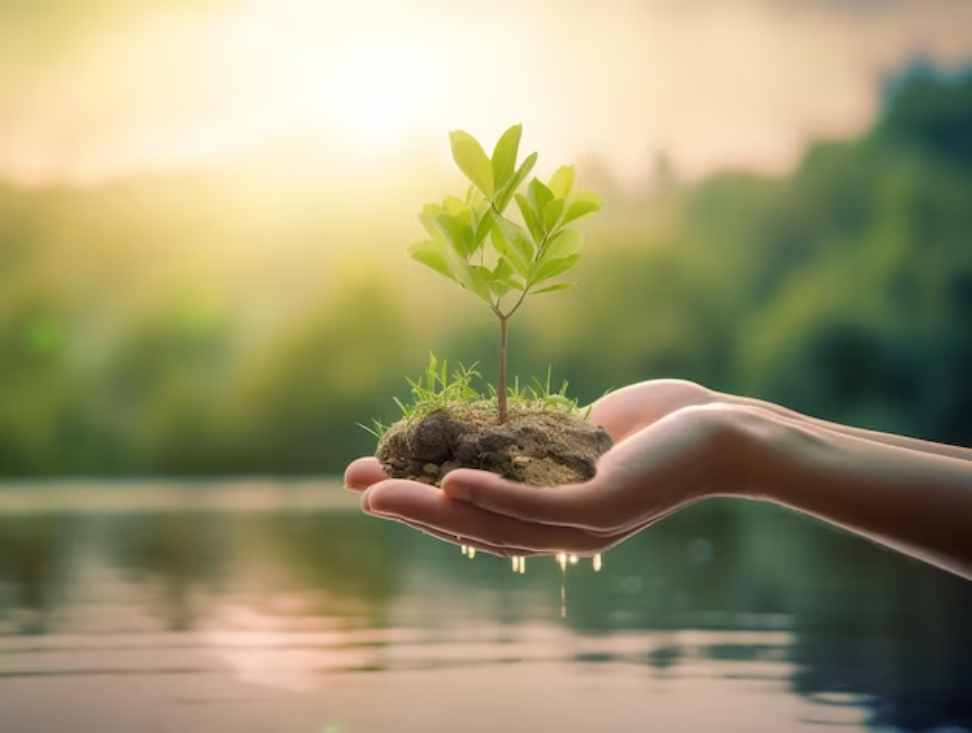Alphaexch247, Kabook Login, VL Book: Ecosystems are intricate networks where living organisms interact with each other and their physical environment. Biodiversity refers to the variety of life forms within these ecosystems, encompassing different species of plants, animals, fungi, and microorganisms. A high level of biodiversity is essential for the stability and resilience of ecosystems, as each species plays a unique role in maintaining ecological balance.
The intricate relationships within ecosystems highlight their interconnected nature, where changes in one component can have cascading effects throughout the entire system. Biodiversity supports ecosystem functions such as nutrient cycling, pollination, and pest control, contributing to the overall health of our planet. Understanding the complex dynamics of ecosystems and the importance of biodiversity is crucial for effective conservation efforts and sustainable management practices.
The Role of Conservation Biology in Protecting Habitats
Conservation biology plays a crucial role in safeguarding habitats by studying and understanding the complex interactions within ecosystems. Through research and monitoring, conservation biologists assess the health of habitats and identify key species that are essential for maintaining biodiversity. By highlighting the importance of these species, conservation efforts can be targeted towards protecting their habitats and ensuring their survival in the face of various threats.
Additionally, conservation biology employs strategies such as habitat restoration and protected area management to preserve ecosystems and prevent further degradation. By actively engaging in conservation initiatives, biologists work towards promoting sustainable practices that balance human needs with environmental conservation. Through education and outreach, conservation biology also raises awareness about the significance of protecting habitats, fostering a culture of environmental stewardship for future generations to come.
Impacts of Human Activities on Natural Environments
Tigerexch247, GX247, Mglionbet: Human activities have profoundly impacted natural environments across the globe. Urbanization, deforestation, industrialization, and pollution have led to the degradation of habitats and loss of biodiversity. As humans continue to expand their footprint on the planet, the delicate balance of ecosystems is being disrupted, jeopardizing the health and stability of our natural world.
One of the most significant consequences of human activities on natural environments is the loss of species diversity. Deforestation, for example, not only destroys the habitat of countless plants and animals but also disrupts the intricate web of interactions that support life in the ecosystem. As species disappear, entire food chains are disrupted, leading to cascading effects on other organisms and ultimately affecting the overall health of the ecosystem.
� Deforestation destroys habitats of plants and animals
� Disrupts intricate web of interactions in ecosystems
� Loss of species leads to disruption in food chains
Another major impact of human activities on natural environments is pollution. Industrial processes, agricultural practices, and waste disposal all contribute to the contamination of air, water, and soil. Pollutants such as chemicals, heavy metals, and plastics not only harm wildlife but also pose significant risks to human health. The accumulation of pollutants in the environment can have long-lasting effects on ecosystems, leading to issues such as acid rain, eutrophication, and habitat destruction.
� Pollution from industrial processes contaminates air, water, soil
� Harmful chemicals pose risks to wildlife and human health
� Accumulation of pollutants leads to long-lasting effects on ecosystems
In addition to loss of biodiversity and pollution, human activities also contribute to climate change. The burning of fossil fuels for energy production releases greenhouse gases into the atmosphere, leading to global warming and changes in weather patterns. These shifts in climate can have devastating impacts on natural environments by altering habitats, disrupting migration patterns, and increasing the frequency and intensity of extreme weather events.
� Burning fossil fuels releases greenhouse gases causing global warming
� Changes in climate alter habitats and disrupt migration patterns
� Increase in extreme weather events due to climate change
What are some examples of human activities that impact natural environments?
Some examples include deforestation, pollution, habitat destruction, overfishing, and climate change.
How do these activities affect ecosystems and biodiversity?
These activities can disrupt food chains, destroy habitats, decrease biodiversity, and lead to the extinction of species.
What is conservation biology and how does it help protect habitats?
Conservation biology is the study of how to protect and preserve biodiversity. It helps by creating strategies to conserve habitats, protect endangered species, and restore ecosystems.
Why is it important to protect natural environments from human activities?
Protecting natural environments is crucial for maintaining biodiversity, ensuring ecosystem services like clean air and water, and preserving the beauty of our planet for future generations.
What can individuals do to help minimize their impact on natural environments?
Individuals can reduce their carbon footprint, support conservation efforts, recycle, use sustainable products, and educate others about the importance of protecting natural environments.

